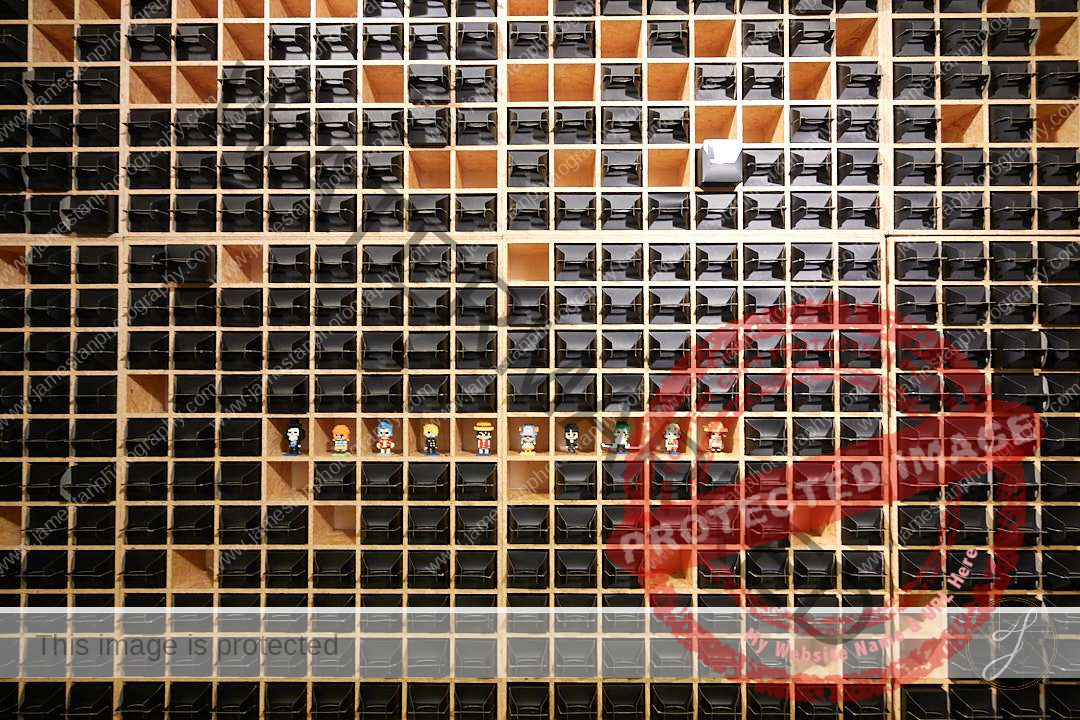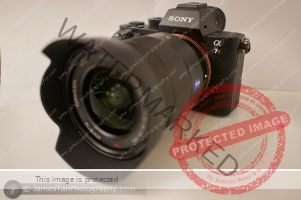Introduction
At first glance, you might mistake it for an action camera like GoPro. If you are looking for a better action camera alternative to your GoPro, the Sony RX0 is not the one. Sony RX0 is the first camera that features a 1-inch sensor in such a compact size. The sensor is the same as the Sony RX100 series thus we could expect Sony RX0 would give a similar stunning still image output. Let’s check it out how it performs in real life!

Key Specification
- 15.3 MP (effective pixels) 1.0 inch stacked CMOS sensor with DRAM chip
- Super slow motion recording up to 960fps/1000fps in NTSC/PAL mode
- Duralumin camera body with waterproof up to 10m (IPX8 equivalent), shockproof up to 2m, crushproof up to 200kgf/2000N
- Zeiss Tessar T* 24mm F4 lens
- 1.5 inches 230K dots TFT LCD screen
- Dimension 59.0 x 40.5 x 29.8 mm (2 3/8 in. × 1 5/8 in. × 1 3/16 in.), weigh 110g
- Up to 16fps continuous shooting (exposure and AF locked at the first shot)
- Up to 1/32000 second anti-distortion shutter
- 25 points contrast-detection AF
- ISO 125 to ISO 12800
- Built-in Wifi and Bluetooth
- Multi-sync camera control via handphones (with PlayMemories install, up to 50 cameras) or Sony camera control box (CCB-WD1, up to 100 cameras), this setup is used to create bullet-time effect video
- 1080/60p internal XAVCS recording
- S-log2 picture profile available
- 4K 30p 4:2:2 10 bit recording via HDMI clean output to an external recorder, e.g., Atomos (recording details obtained from Atomos RX 0 page )
- Micro USB port, Micro HDMI port, and 3.5mm microphone stereo mini-jack
Pros & Cons
Body and Design
Sony RX0 is made of duralumin which gives a rock-solid premium feel. It is waterproof (10 m under the water with an IPX8 rating), 2 m shockproof, and crushproof up to 2000N.

Sony RX0 features a fixed F4 Zeiss Tessar 24 mm lens with the Zeiss T* coating. In front of it is the protecting glass panel and two microphones ports.

On top of the RX0 is a power button and a shutter button. The shutter button allows half-press for focusing, which is impressive for such a mini camera. There is a small microphone in between the buttons.

The left side has a blue Zeiss badge and a hole for the wrist strap.
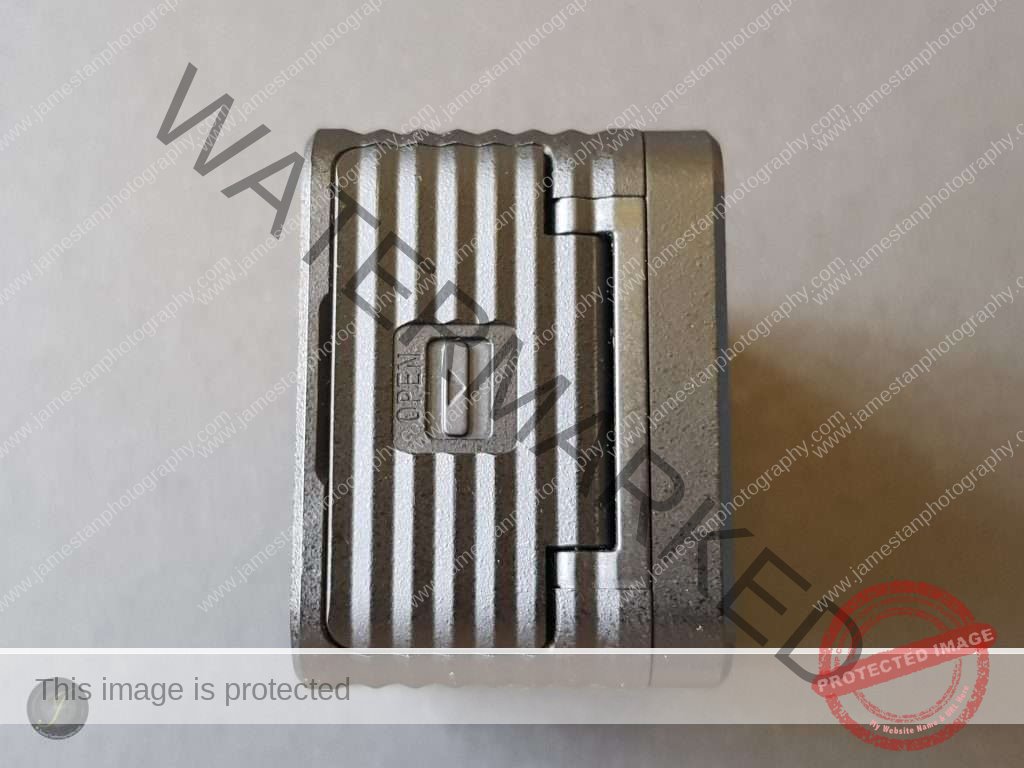

The right side is the battery compartment. The latch is tight, and the compartment door bounces up vigorously when released.

The back has a 1.5-inch LCD screen with a few buttons. The left arrow and dot buttons are customizable. The buttons have good tactile feedback with adequate spacing in between. However, you might have difficulty pressing the buttons if you are wearing thick gloves.
The Ports
On the left side, there is a removable compartment door for extra ports. The compartment door uses the same latch mechanism as the battery compartment. However, it attaches to the camera body with a tiny plastic string. You only need a bit of strength to pull it out, and you will see the ports residing inside.

There is a micro-SD slot, a micro-HDMI port, a micro-USB port, and a 3.5 mm microphone jack! It is surprising to see the microphone jack on such a mini Sony RX0. Even its larger Sony RX100 VI brother also does not offer the microphone jack.

The micro-SD card slot does not have any dummy-proof insertion. Please take note that the micro-SD card chips shall be facing to the LCD screen.


You can mount a protector to the ports compartment if you connect any cable to the external device. It prevents the cable from accidentally being pulled and damages the camera.

The bottom offers a standard 1/4-inch metal tripod mount hole. It is not something common on a compact camera like this. Thumbs up for the Sony RX0!
Although Sony RX0 is barely a wireless earpiece box size, it is packed with a surprising number of useful ports, buttons, and an LCD screen. The single-piece duralumin body has a smooth, cold, and rigid feel but is light in weight. It seems built to last and withhold the rough use in the tough environment.
Camera Performance
ISO Performance
Raw
I crop the RAW samples for ISO comparison as shown below.






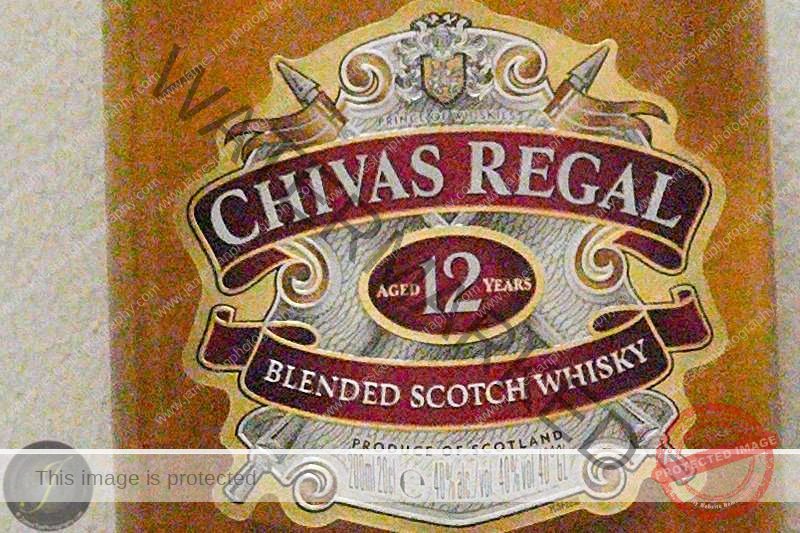
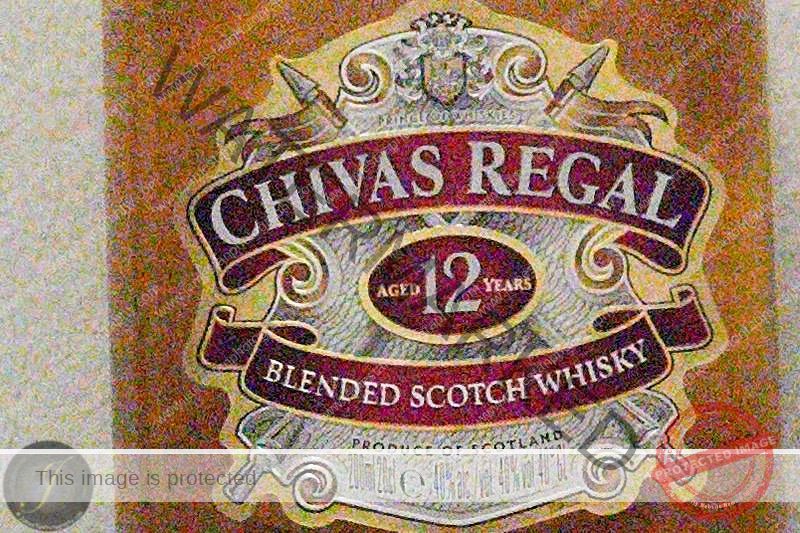
The ISO125 to ISO800 shots are clean and clear. ISO1600 and ISO3200 shots are noisier but still retain a good amount of details. ISO6400 shot starts to show color noise, but the details still retain well. ISO12800 color noise is pretty significant and has lost quite an amount of details.
JPEG
As shown below, I crop the straight out of camera (OOC) JPEG samples for ISO comparison.








The ISO125 to ISO800 shots are clean and clear. ISO1600 and ISO3200 shots are noisier but still retain a good amount of details. ISO6400 shot is barely usable, and the ISO12800 OOC is quite soft and lost most of the details in the shots.
Let’s see some high ISO shots (ISO2000 or above) below. I apply noise reduction in the Capture One 21 Pro with minor adjustments (e.g., exposure adjustments, cropping, etc.)








I’m happy with the high ISO shot quality after applying the noise reduction in post-processing. It is definitely not comparable to any latest-generation APS-C camera. However, if you are satisfied with the Sony RX100 outputs, you will not be disappointed with the Sony RX0 shots.
AF Performance
The Sony RX0 provides single-shot AF and manual focus when shooting still. The Sony RX0 AF performance reminds me of the Sony RX100 IV, the 25 contrast detection only AF points, 16 fps with AF and AE locked on first shot.
I take the shots below in a cafe, which is a pretty dark environment.


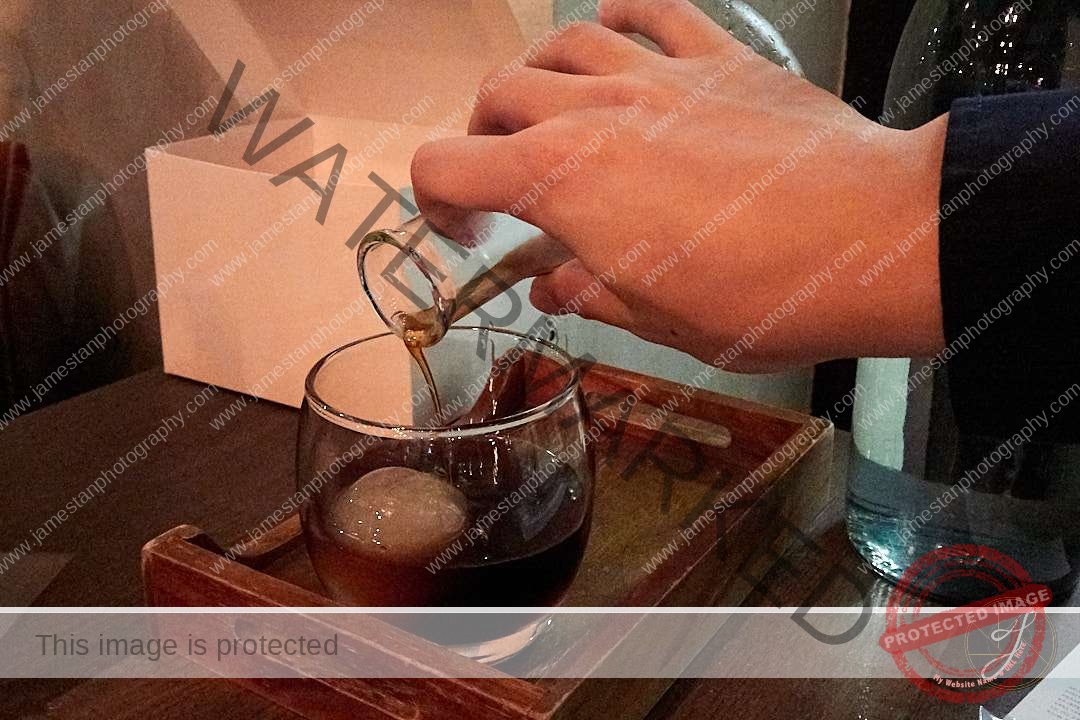



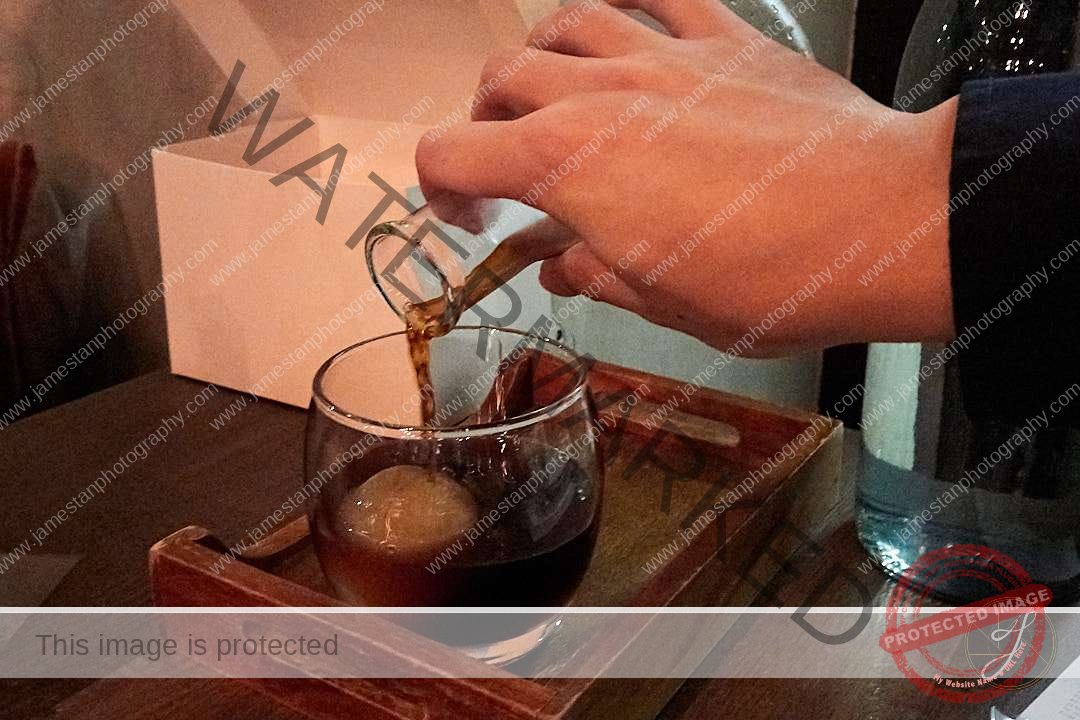






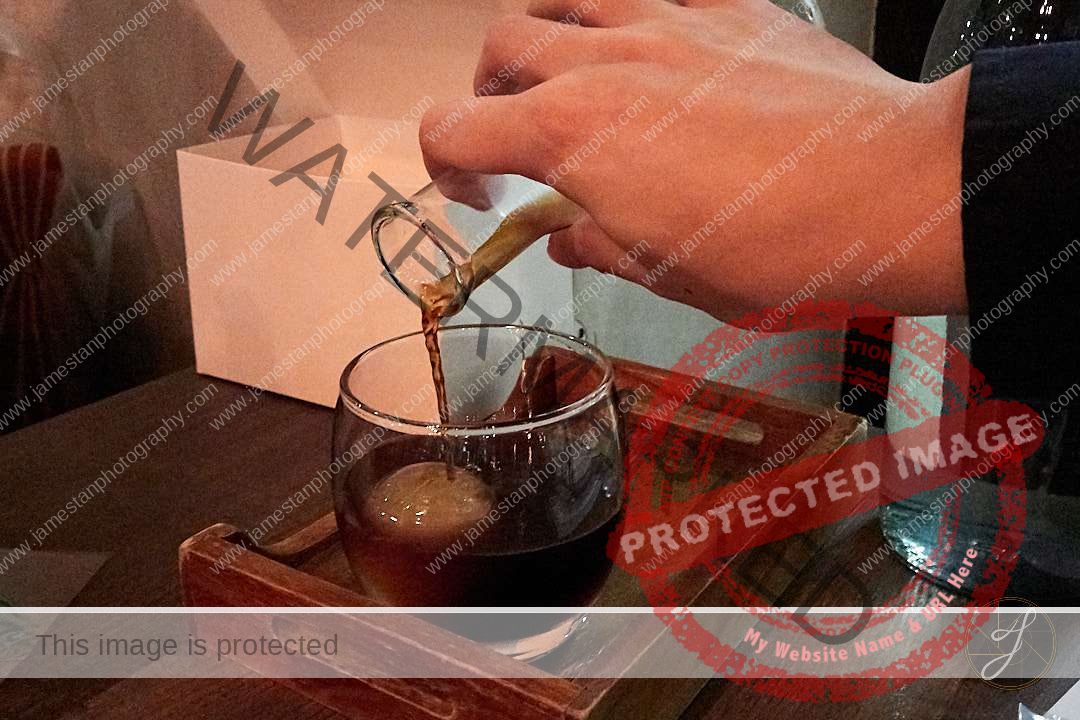



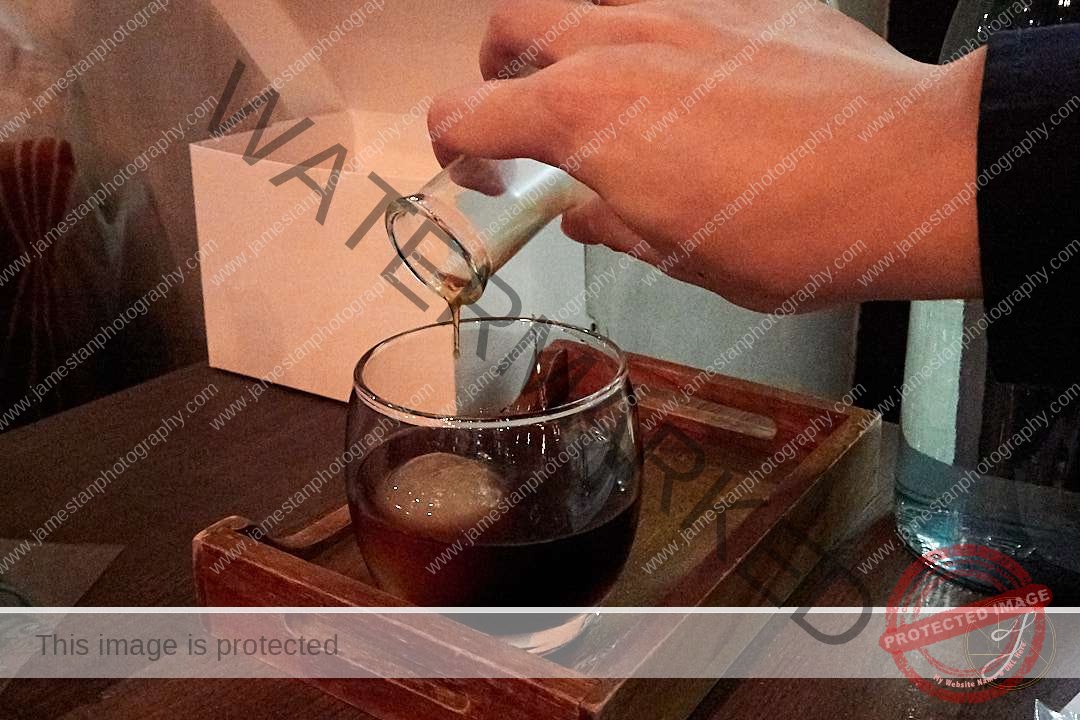
Generally, Sony RX0 focuses pretty fast and accurately in good lighting. However, the AF performance at night is hit-or-miss.
When doing video recording, only “preset focus” and “manual focus” are available. In preset focus mode, you may activate the ‘Near’ option to focus anything from 0.5 m to 1 m. Otherwise, Sony RX0 will focus on anything beyond 1 m.
Dynamic Range
The dynamic range of the Sony RX0 15.3 MP Exmor RS sensor is impressively good at 12.4 EV although it is a 1-inch sensor only.
To enjoy the high dynamic range, we have to shoot in RAW. Let’s check out the dynamic range comparison between the RAW and JPEG from the two sample sets below.
Sony RX0 RAW files preserve an amazing amount of details in both the highlight and shadow areas. As shown above, I can dramatically pull back the overexposed highlight details and bring up the shadow details from the RAW files.
Lens Performance
Sharpness

Sony RX0 only has one aperture at F4. It means there is no optimal sharpness at any specific aperture. I crop the center and bottom-left areas to test the sharpness.
Center

The center area is sharp and shows a significant amount of details.
Corner

The corner sharpness is good too.
Overall, Sony RX0 offers good sharpness from corner to corner. Due to the 1-inch sensor size, the DoF is depth enough to cover foreground and background without losing the sharpness.
Chromatic Aberration

I crop the center and the top-right corner high contrast area to examine the CA handling.
Center

Sony RX0 controls the CA nicely in the center area. No visible CA is spotted.
Corner

There is noticable purple and magenta CA in the corner area. Luckily, we can fix it in post-processing easily.
Distortion
The barrel distortion is significant. Turn on the distortion compensation in the camera could correct it properly.
Flare and Ghosting

Sony RX0 Zeiss T* coating controls the flare pretty well. There is no irritating flare across the frame.
Shooting Experiences
The Sony RX0 is the smallest and most compact 1-inch sensor camera I have ever seen and used. The build is rock solid, and it’s so compact and convenient to bring along anytime, anywhere!










Using the Sony RX0 in a restaurant keeps me low-profile. It is quick to take out, take a few snapshots, and put it back into my bag. However, I wish it could reduce the minimum focus distance from 50 cm to somewhere like 20 cm or even closer. 50 cm is somehow an awkward distance for food photography.
Now talk about some shortfalls of the Sony RX0. The first thing I want to highlight is the slowest shutter speed of 1/4 second. Why is there such a limitation on the slowest shutter speed imposed on the Sony RX0?



It eliminates the possibility of long exposure photography, which is a pity for such a gem!
The Sony RX0 does not support any stabilizing, neither optical nor digital. It is almost impossible to get stable video recording footage without the gimbal. The video recording in the standard ‘Auto Power Off Temperature’ mode results in overheating within 20 minutes in an air-conditioned room. Changing the settings to ‘High’ would get over 1 hour of filming time before the battery is drained.
A camera with such a compact size is a perfect candidate for time-lapse photography. Unfortunately, Sony RX0 does not natively support timelapse options like its 3rd generation a7 brothers or the new Sony RX100 VI. What a waste!
I enjoy shooting using the Sony RX0. It became one of my daily cameras without any hesitation.
































Bottom Line
Sony RX0 is a creative, capable, and compact mini camera. It packs a similar image quality sensor as the Sony RX100 series in a much smaller and solid camera body.
However, the compact body restricts its capabilities, like the 50 cm minimum focus distance, overheating, and lack of image stabilization. Besides, some features might be enhanced through future firmware updates, e.g., the timelapse function and the longer shutter speed.
Overall, it is a powerful tiny camera with a big room for improvement. Is it a replacement for GoPro? No, Sony RX0 is targeting a different area. It is a solid-built mini camera with excellent image quality, allowing you to use it in unusual places that a normal camera cannot achieve, such as a glass with water, a washing machine, a tank, etc.
That’s all for the Sony RX0 review. I hope you enjoy it and happy shooting!







